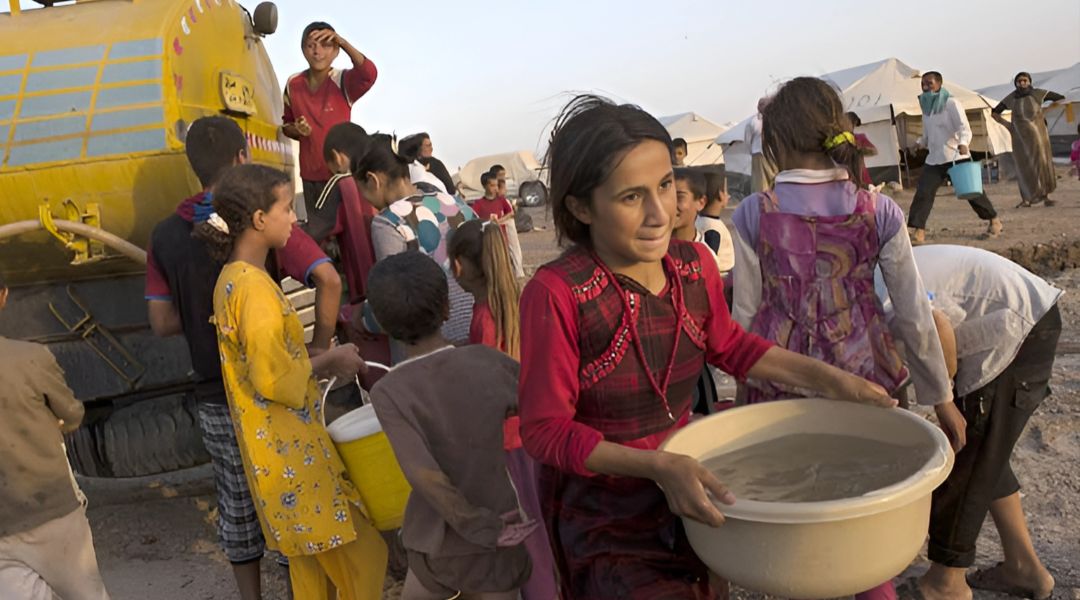
Urbanization, population growth, environmental degradation, climate change, water pollution and an increase in standard of living are some of the main reasons for the competition for water. As the surface water is depleting day by day, the demand for groundwater usage increases. This makes it more difficult to regulate water for use which causes abuse and theft of water.
Water theft and smuggling can be witnessed in wealthy countries as well as countries deprived of water. Water-related crimes witnessed in California, southern Europe, Nigeria, Kenya, Middle-East and South Asia. In many parts of the world, smuggling of water with complex network chains and water mafias has emerged.
Development of illegal pipelines, illegal truck water delivery, and assimilation of water regulators complicit in licensing fraud and government consent to illegal water delivery have made the smuggling modes potent. Illegally sourced and smuggled water is in use everywhere, from personal consumption to agriculture, and industry. Sometimes smuggled water used in illegal activities such as the production of illegal narcotics.
Illegal use and smuggling of water is a difficult problem to address. The main reason behind that the big-size agriculture and industry often exercise influence over regulators and law enforcement. In slum areas, mostly poorly-connected to legal pipelines, the suppression of illegal water distribution can cause a problem. Suppression of illegal water can threaten the survivability of the most marginalized and poor. It has been witnessed that citizens across the world opposed when the price of water was increased. But still, without effective regulation, appropriate pricing strategies, and most importantly suppression of illegal water smuggling the sustainability, long-term viability, and inclusive and equitable use of water can’t be achieved.
According to experts, there are five ways to improve water policy and suppress water smuggling.
- Recognising the extent of water misuse and crimes.
- Developing better inventories and water monitoring capacity.
- Implementing better regulations along with a focus on pricing strategies, transparency, and a broad-based external oversight to water authorities.
- Increasing stakeholders participation in water regulation that includes farmers, business owners and those who are traditionally deprived of water.
- Selective licensing to the illegal water distributors where legal water distribution system is not in operation.
Hence, the focus on better conservation on water rather than just spending money on innovation is the key to decrease water crimes.
